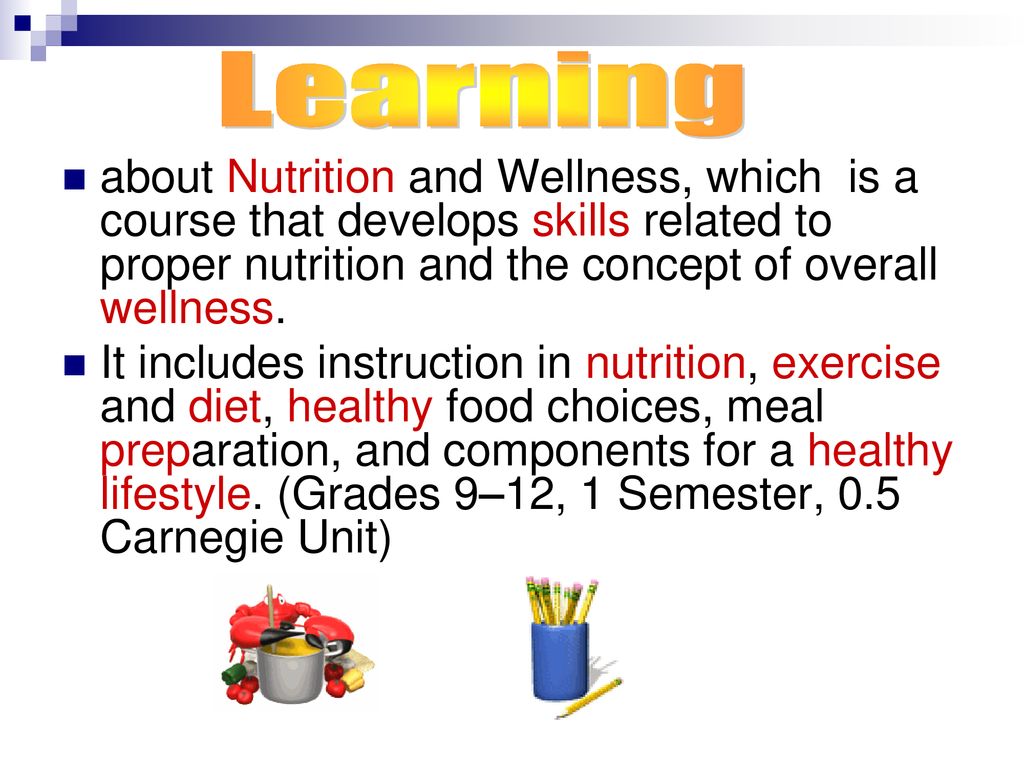Unlocking Health and Success: What to Expect in a Nutrition and Wellness Class

Introduction to Nutrition and Wellness Classes
Nutrition and Wellness classes serve as a foundational resource for students aiming to improve their personal health, understand food science, and acquire skills that foster lifelong wellbeing. These courses are typically offered at the high school level and are open to all students, regardless of career ambitions. The curriculum blends practical food preparation, science-based nutrition principles, and guidance for making informed choices that affect physical and mental health [1] .
Core Curriculum and Learning Outcomes
The heart of a Nutrition and Wellness class is its focus on nutrition principles , food safety , meal planning , and wellness applications . Students learn how nutrients function in the body, how to interpret food labels, and how personal choices influence health outcomes. The curriculum covers:
- Nutrition basics: macronutrients, micronutrients, and dietary requirements
- Food preparation and safety: hands-on experience in preparing healthy meals and preventing foodborne illness
- Menu planning: designing balanced diets for different needs and lifestyles
- Wellness concepts: understanding the impact of exercise, hydration, and lifestyle choices on overall health
- Science and technology: applying modern advances to food management and nutrition decisions
For example, students might use Nutrition Facts labels to track their nutrient intake and learn how to set personal health goals based on current guidelines [4] . The course also addresses decision-making processes that support lifelong health habits.
Real-World Skills and Practical Applications
Nutrition and Wellness classes are designed to be hands-on and project-based, encouraging students to apply their knowledge in real-life situations. This includes:

Source: puresimpleeats.com
- Preparing nutritious meals in a safe and sanitary environment
- Developing leadership and teamwork skills through group projects and presentations
- Using mathematics and language arts in recipe analysis, budgeting, and meal planning
- Participating in career and technical student organizations such as FCCLA, where students can compete and demonstrate their skills [2]
For example, students may plan a week’s worth of healthy meals, calculate the cost and nutritional value, and present their findings to the class. These experiences build critical thinking and problem-solving abilities essential for both personal wellbeing and future career success.
Career Pathways and Academic Enrichment
While Nutrition and Wellness classes provide valuable life skills for all students, they are especially beneficial for those considering careers in health sciences, hospitality, education, or human services. The curriculum introduces students to career options such as:
- Nutritionist or dietitian
- Food safety inspector
- Health educator
- Hospitality and tourism professional
Students interested in pursuing these pathways can take advanced courses in related subjects or engage in work-based learning opportunities in partnership with local businesses and organizations [2] . For those seeking further academic enrichment, Nutrition and Wellness serves as a stepping stone toward post-secondary education in food science, public health, or allied health fields [1] .

Source: now.tufts.edu
How to Access Nutrition and Wellness Classes
Nutrition and Wellness classes are typically available to students in grades 9-12 through public high school programs or online learning platforms. To enroll:
- Contact your school’s guidance counselor or Family and Consumer Sciences department for course offerings and prerequisites. There are usually no prerequisites, making it accessible to all interested students [2] .
- If you are interested in online options, reputable providers such as eDynamic Learning offer Nutrition and Wellness courses through their platform. You can visit their official website and search for course details and enrollment steps [4] .
- In some districts, Nutrition and Wellness may be part of a larger Career and Technical Education (CTE) program. Ask about opportunities to participate in related CTSO activities, work-based learning experiences, and competitive events such as those offered by FCCLA. Visit the official FCCLA website for details on contests and events [2] .
If you are not a high school student, consider searching for community education programs, local colleges, or online platforms that offer adult courses in nutrition and wellness. Use search terms like “Nutrition and Wellness course near me” or “online Nutrition and Wellness class” to explore options.
Challenges and Solutions
Students may encounter challenges such as balancing course work with other responsibilities, understanding complex nutrition concepts, or accessing hands-on experiences if learning remotely. Solutions include:
- Seeking additional support from instructors, tutors, or peer study groups
- Utilizing online resources and interactive tools to supplement learning
- Participating in virtual labs or simulations offered by some online programs
- Engaging with community organizations for practical experience in food preparation or wellness activities
Schools and programs typically provide guidance and resources to help students overcome these barriers, ensuring that everyone can benefit from the class regardless of their starting point.
Alternative Approaches to Nutrition and Wellness Education
In addition to traditional classroom instruction, Nutrition and Wellness education can be accessed through:
- Online courses and modules, such as those offered by eDynamic Learning [4]
- Community-based workshops and seminars hosted by local health departments or non-profit organizations
- Work-based learning experiences, such as internships in food service or wellness organizations
- Participation in competitive events and leadership programs through organizations like FCCLA
For those seeking personalized instruction, some nutritionists and dietitians offer private workshops or consulting services. Always verify the credentials of instructors and look for programs accredited by recognized organizations.
Key Takeaways and Next Steps
Nutrition and Wellness classes offer a comprehensive approach to developing healthy habits, understanding food science, and preparing for future careers. Students gain practical skills in meal planning, food safety, and wellness assessment-empowering them to make informed choices throughout life. To get started:
- Contact your local high school or educational provider for enrollment information.
- Explore reputable online platforms for virtual courses.
- Investigate extracurricular opportunities such as FCCLA for additional enrichment.
- Use official agency websites and recognized organizations for the most current resources and guidance.
Committing to a Nutrition and Wellness class is a proactive step toward better health, academic success, and career readiness.